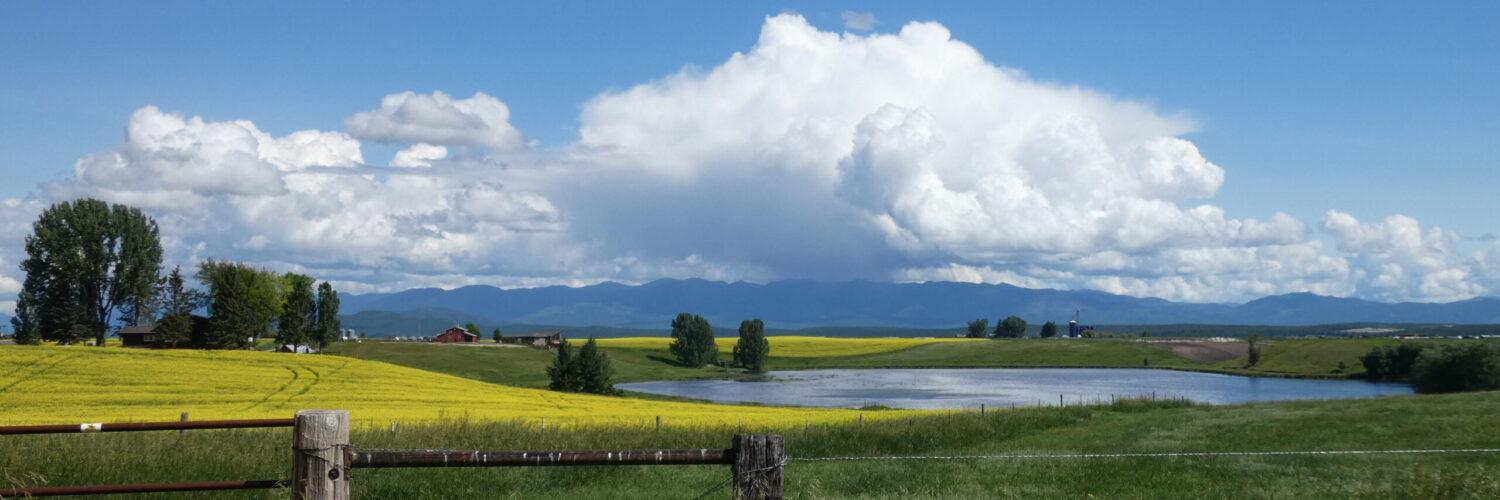English Inquiry Project by Sawyer S., West Valley School
What is a pollinator and what positive effects do they have on us humans?
What is a pollinator? This is something one may ask themself but not truly know. A pollinator is anything that carries pollen from the stamen to the stigma. This transfer must happen for the plant to produce. From squash to wheat, this is necessary for production. When someone says pollinator, one generally thinks of bees but this is not always the case. Pollinators include wind, water, bees, wasps, moths, butterflies, birds, and even small mammals including bats.
Pollinators may be good, but what do they actually do for us as humans? One good thing that pollinators do for us is that they almost single handedly provide food for us in an indirect way. At least one third of the food we eat requires pollination. That cereal that you ate this morning, the wheat for that came from pollination. That strawberry and blueberry bowl that you enjoyed for a midmorning snack, those needed pollination. In all, almost all fruits, vegetables, and seeds that you eat comes from a pollinator. Pollinators also indirectly clean our air and make this planet habitable. When a plant gets pollinated it grows seeds that it then reproduces from and then those reproduce again and again. Since every plant produces oxygen, every plant multiplied by pollination produces more and more oxygen which we as humans and many other animals need to survive.
Probably queens on the spring’s first emerging crocuses
What are a few local pollinators?
Very few people know very much about their local pollinators.
As I found very quickly there are a ridiculous number of pollinator species in the Flathead Valley, but there are a few main types. These are wind, water, small insects, and small mammals. Wind is the most large-scale pollination force. Wind pollination is most common for grains such as wheat and oats. Water pollination isn’t very common and no species rely on it. Water pollination is where a water droplet picks up pollen from a flower then lands on the stigma of another flower and evaporates, leaving the pollen behind. Small insect pollination is the most common and well known. Many plant species including fruits, nuts, and oil crops rely on insect pollination.
There are many species of insects that transport pollen in the Flathead Valley such as the common honeybee, Hunts, twoform and western bumblebees and the white lined sphinx moth. A white lined sphinx moth is a somewhat common moth that lives between 10 and 30 days which means it can have more than one generation in a single summer. There is also a very interesting native pollinator in the valley, named The European Wood Carder Bee which happens to actually bee native even though it is called European. This bee is interesting because it will purposely collect fuzz from one of the plants that it pollinates to line its nest.
Gathering leaf fuzz from lamb’s ear leaf
The last genre of pollinator is small mammals or birds. Pollinations by these creatures are accidental and not very common but can still happen. Mammals that will do this include bats and birds such as hummingbirds.
What are some of the threats to local pollinators and what can one do to help?
In all, we generally have pretty healthy pollinators, but there are still a few threats to them. These threats include habitat destruction and fragmentation, improper use of pesticides and insecticides, disease, and even competition from other often invasive insects. In the Flathead Valley, fragmentation of habitat or destruction aren’t much of a problem right now, but it may be in the future. Population decrease due to improper use of insecticides is much more of a real problem than lack of habitat. Pesticides are very common in the valley, they are used abundantly in crop protection and pest prevention. These uses can be helpful to humans but not to our native pollinators. Decrease in population due to disease and competition is a slow process but also a very real one since many new species of bee have been introduced to the area over the last few years.
This may sound bad, but our local population of pollinators is large and rather diverse giving it a good chance against these threats. There are a couple ways one can help our local pollinator community. One thing to do is to recognise the pollinators around you and their habitat. Another way to help is to keep a diverse population of native flowering plants to provide a variety of habitats for your pollinators. There are many other techniques out there, but these are the most helpful and exploitative.
Citations
“What Is a Pollinator?” National Parks Service, U.S. Department of the Interior, www.nps.gov/subjects/pollinators/what-is-a-pollinator.htm. Accessed 23 May 2024.
“Pollinators.” Flathead Conservation District, flatheadcd.org/pollinators/. Accessed 23 May 2024.
“The Natural Environment and History of Kalispell’s West Valley Area.” West Valley Naturalists, westvalleynaturalists.org/. Accessed 23 May 2024.
